Lesson summary
Students will develop an understanding of the differing types of bias and how the use of marginalised language can affect perceptions and relationships. They will use hands-on activities, critical thinking skills, and data analysis to make meaningful links to their own experiences of bias and consider ways in which they can help shape more inclusive language use, especially during sporting commentary.
Learning intentions
Students will:
- explore how language reinforces or challenges bias.
Success criteria
Students can:
- define bias and explain how it shapes relationships
- evaluate how different language choices affect power and perception.
Lesson guides and printables

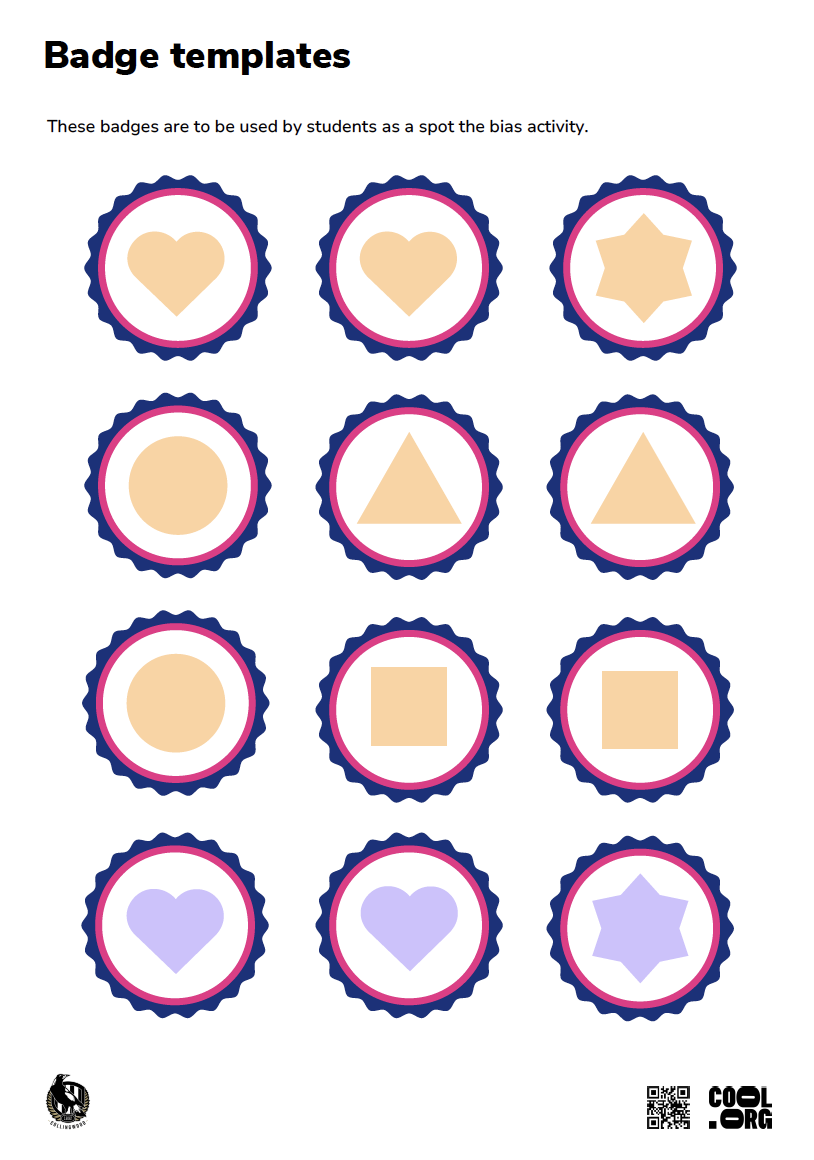
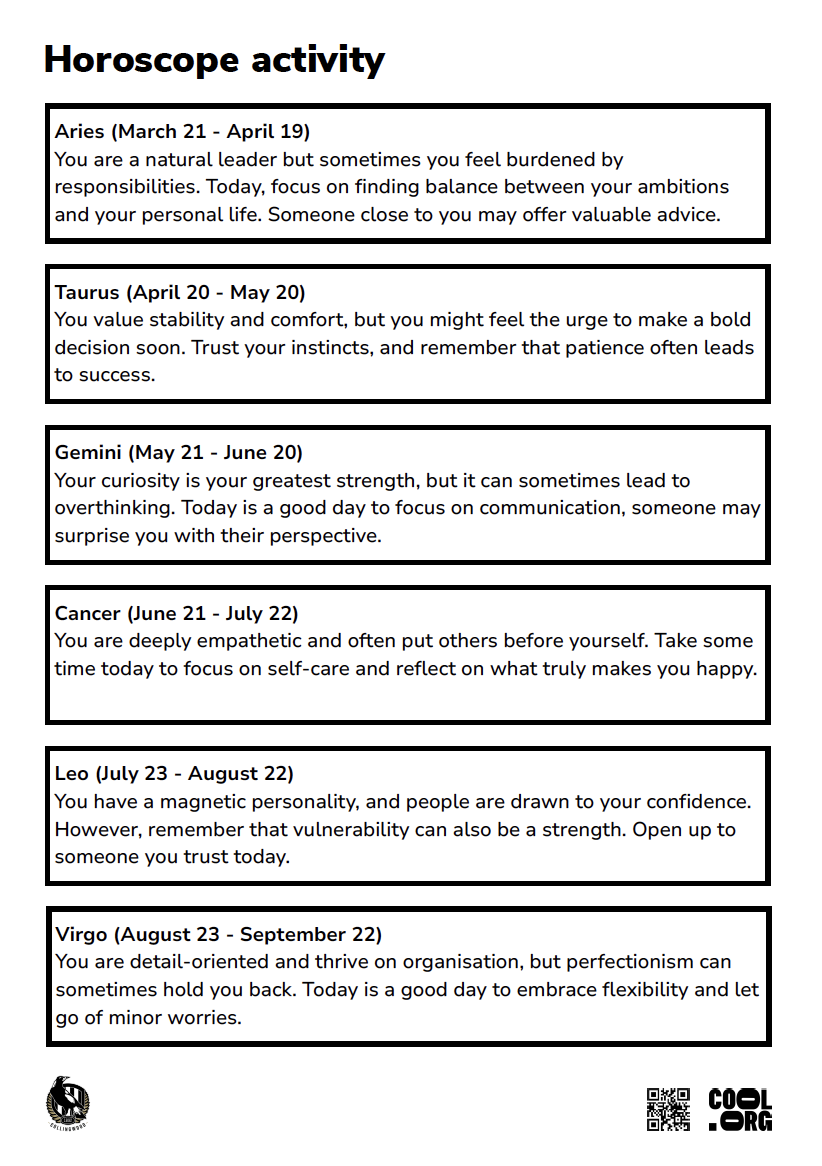
Curriculum links
Select your curriculum from the options below.
Lesson details
Skills
This lesson is designed to build students’ competencies in the following skills:
- critical thinking
- communication
- cultural understanding
- curiosity
- ethical understanding
- global citizenship
- reflection
Curriculum Mapping
Australian Curriculum (v9.0) content description:
Year 9, English
Students learn to:
- recognise how language empowers relationships and roles (AC9E9LA01).
Year 10, English
Students learn to:
- understand how language can have inclusive and exclusive social effects and can empower or disempower people (AC9E10LA01).
Relevant parts of Year 9 achievement standards: With a range of purposes and for audiences, students discuss and expand on ideas, shaping meaning and providing substantiation.
Relevant parts of Year 10 achievement standards: With a range of purposes and for audiences, students discuss ideas and responses to representations, making connections and providing substantiation.
NSW Syllabus outcomes:
A student:
- analyses how meaning is created through the use and interpretation of increasingly complex language forms, features and structures (EN5-URA-01).
General capabilities: Critical and Creative Thinking, Digital Literacy, Ethical Understanding, Intercultural Understanding, Literacy, Numeracy, Personal and Social Capability
Cross-curriculum priority: Aboriginal and Torres Strait Islander Histories and Cultures
Level of teacher scaffolding: High - facilitate discussions to ensure a respectful space of mutual respect and understanding, where all members of the classroom community feel safe to share and communicate.
UN Sustainable Development Goals
- Target 4.7: By 2030, ensure that all learners acquire the knowledge and skills needed to promote sustainable development, including, among others, through education for sustainable development and sustainable lifestyles, human rights, gender equality, promotion of a culture of peace and non-violence, global citizenship and appreciation of cultural diversity and of culture’s contribution to sustainable development.
Resources Required
- Activity sheet - Badge template
- Factsheet - Horoscope
- Poster paper
- Student Worksheet
- Whiteboard
- Visual Explainer - Understanding bias
Additional Info
These resources have been created with the support of the Collingwood Football Club and Collingwood Football Club Community Foundation. The Collingwood Football Club Foundation leads social and cultural change through football, and is committed to leading, acting, progressing and inspiring anti-racism, cultural safety, diversity, equity and respect.
Related Professional Learning
Respectful Terminology: Engaging with First Nations peoples
Quick summary: This course equips educators with the knowledge and confidence to use respectful terminology when engaging with Aboriginal and Torres Strait Islander peoples, histories, and cultures.
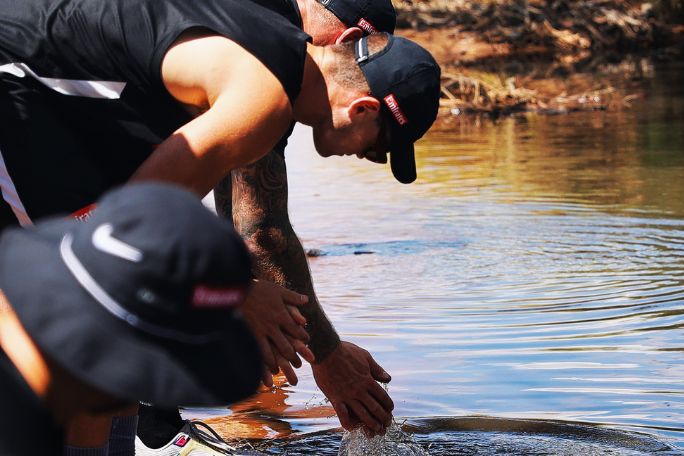

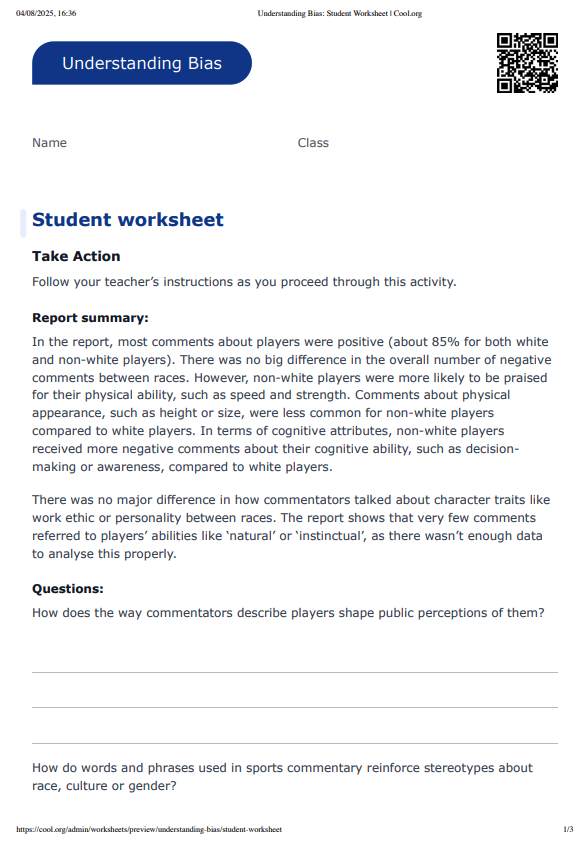
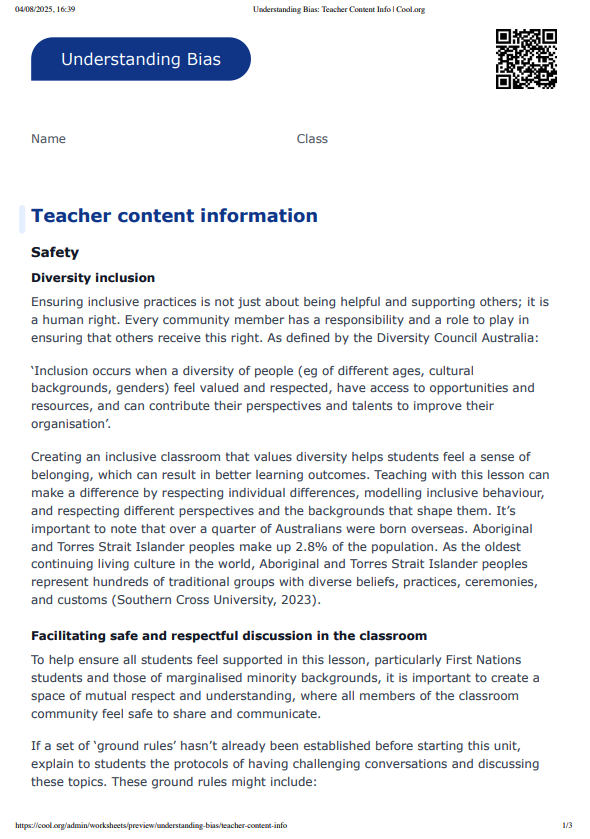
Welcome back!
Don't have an account yet?
Log in with:
Create your free Cool.org account.
Many of our resources are free, with an option to upgrade to Cool+ for premium content.
Already have an account?
Sign up with:
By signing up you accept Cool.org's Terms and Conditions(Opens in new tab) and Privacy Policy(Opens in new tab).